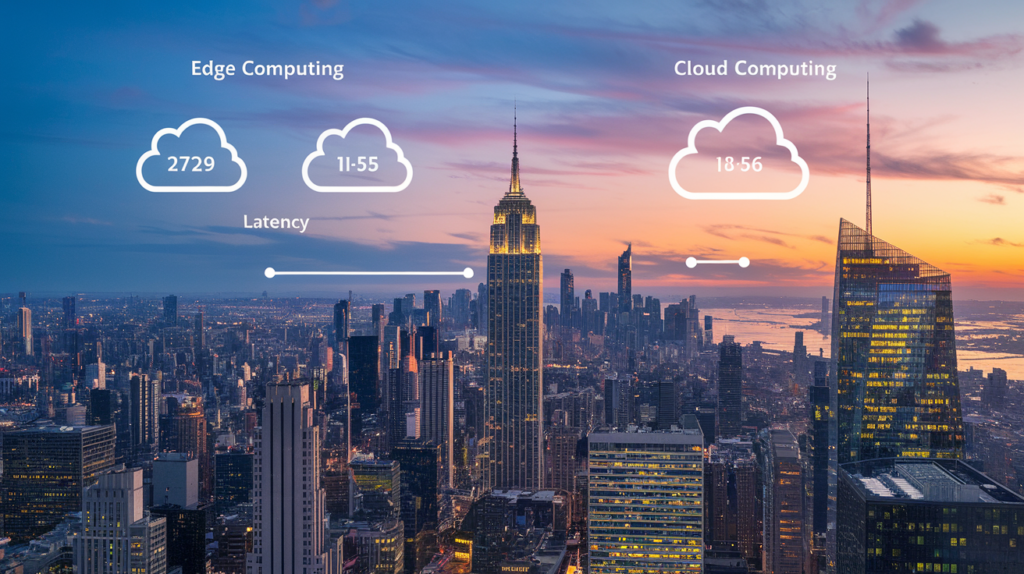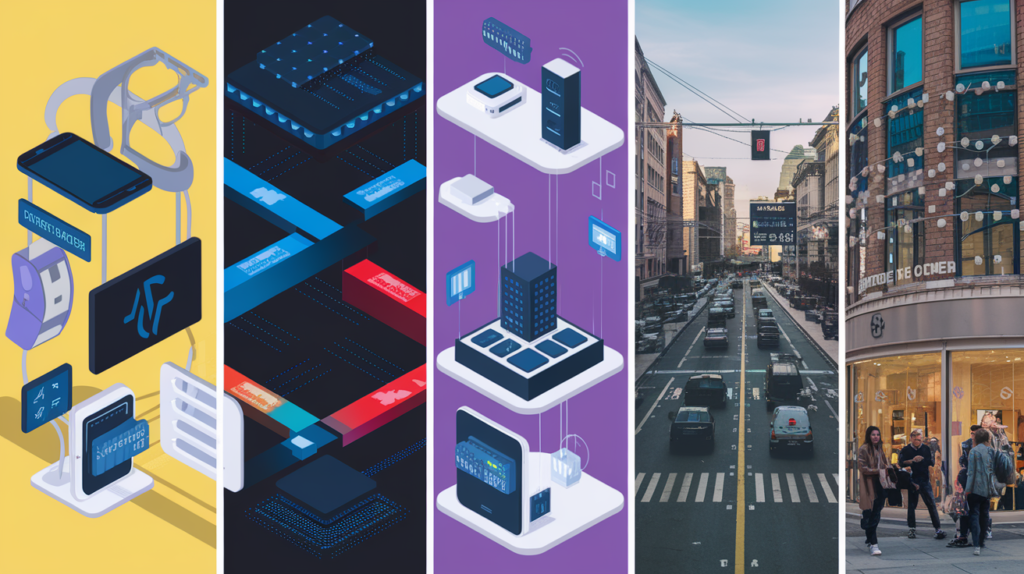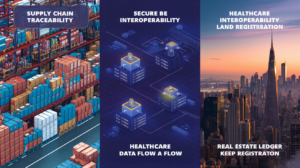Why Edge Computing Matters in a Data Driven World: The Growing Importance of Edge Computing; In a data-driven world, where every click, swipe, and interaction generates valuable information, edge computing is becoming a game-changer. As businesses and individuals demand faster, more efficient processing, edge computing ensures that data is processed closer to its source, minimizing delays and improving real-time capabilities. This blog delves into why edge computing matters and how it’s reshaping our digital landscape.
What is Edge Computing?
Edge computing refers to the practice of processing data at or near the data source, rather than relying on a centralized server or cloud. By decentralizing data processing, edge computing reduces latency, enhances security, and enables real-time decision-making.
Key Benefits of Edge Computing:
- Reduced Latency: Real-time data processing enhances user experiences, particularly in applications like gaming and IoT devices.
- Improved Security: Data is processed locally, reducing exposure to cyber risks during transmission.
- Cost Efficiency: Lower bandwidth requirements save costs on data transfer to central servers.

Table of Contents
Why Edge Computing Matters in a Data Driven World
As data consumption and generation continue to grow exponentially, traditional computing models struggle to keep up. Here’s why edge computing is crucial:
- Supporting the Internet of Things (IoT):
IoT devices, from smart thermostats to autonomous vehicles, depend on quick data processing. Edge computing allows these devices to function seamlessly by processing data locally. - Real-Time Analytics for Business:
Industries like finance, healthcare, and retail leverage edge computing for instant analytics. For example, hospitals can use edge devices to monitor patients in real time, enabling faster interventions. - Enhanced User Experiences:
Applications such as video streaming and augmented reality demand minimal latency. Edge computing ensures smoother, more reliable experiences for users.
How Edge Computing Enhances Data Security
Why Edge Computing Matters in a Data Driven World: Processing data locally means that sensitive information doesn’t always need to travel across networks, reducing the risk of breaches. For industries like banking and healthcare, this is a critical advantage.

Applications of Edge Computing
- Healthcare: Real-time patient monitoring through wearable devices.
- Retail: Personalized in-store experiences powered by edge devices.
- Smart Cities: Optimized traffic management and energy use.
Conclusion: The Future of Edge Computing
Conclusion: The Future of Edge Computing
In a world that generates 2.5 quintillion bytes of data daily, traditional centralized computing models are struggling to keep up with the growing demands for speed, efficiency, and security. This is where edge computing steps in, addressing the need to process and analyze data closer to its source. By 2025, it is estimated that 75% of enterprise-generated data will be processed outside traditional data centers or cloud systems, underscoring the pivotal role edge computing will play in shaping the future.
Why Edge Computing Matters in a Data Driven World: Industries across the board—from healthcare to finance and smart cities—are already leveraging edge computing to unlock new possibilities. Real-time patient monitoring, seamless smart city management, and personalized retail experiences are just the tip of the iceberg. Furthermore, with the proliferation of IoT devices, which are expected to exceed 75 billion globally by 2030, edge computing ensures that these connected devices perform efficiently and securely.
As businesses aim to stay competitive in a data-driven world, adopting edge computing will no longer be optional but a necessity. By decentralizing data processing, companies can reduce latency, improve operational efficiency, and gain real-time insights, ultimately driving innovation and improving customer experiences. Edge computing is not just the future—it is the present, empowering organizations to thrive in an era defined by data.





